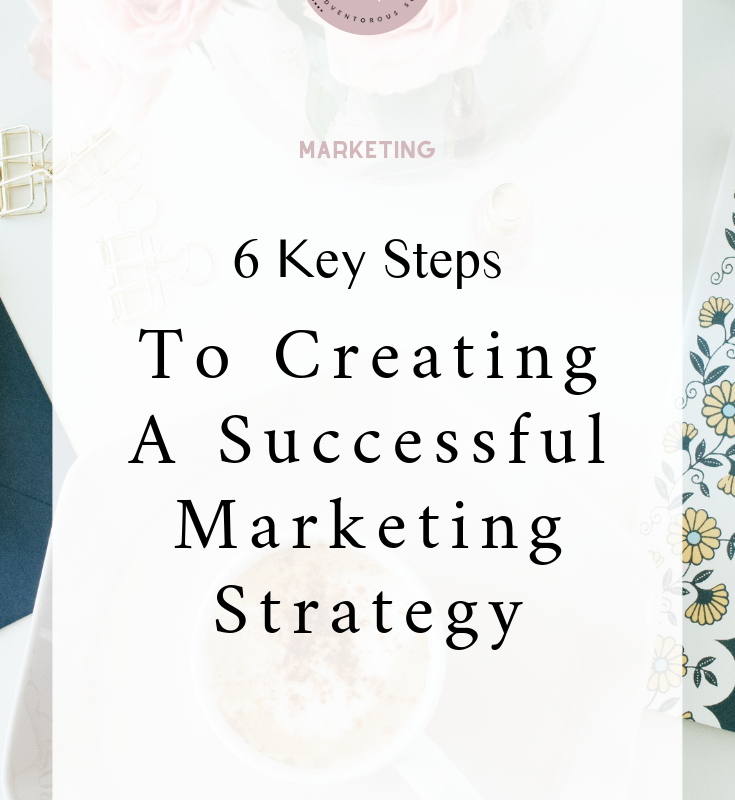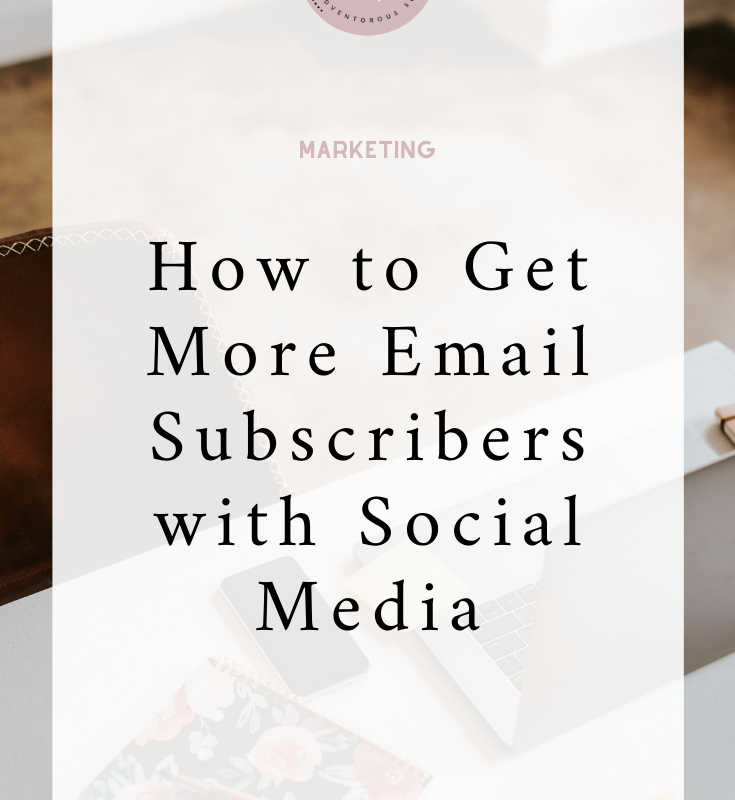Your content marketing strategy needs to be well thought out. You can’t just rush into it and expect to succeed. In this post, you’re going to learn the 3 essential components of a successful content marketing strategy.
Setting the right kind of goals
There are smart goals. And there are non-smart goals. Non-smart goals are basically those that don’t fit the S.M.A.R.T. criteria. What does that mean? Well, for your goal to fit these criteria, it should meet the following:
(via smartsheet.com)
Download my SMART Goals worksheet HERE!
S – Specific
When setting a goal, be specific about what you want to accomplish. Think about this as the mission statement for your goal. This isn’t a detailed list of how you’re going to meet a goal, but it should include an answer to the popular ‘w’ questions:
- Who – Consider who needs to be involved to achieve the goal (this is especially important when you’re working on a group project).
- What – Think about exactly what you are trying to accomplish and don’t be afraid to get very detailed.
- When – You’ll get more specific about this question under the “time-bound” section of defining S.M.A.R.T. goals, but you should at least set a time frame.
- Where – This question may not always apply, especially if you’re setting personal goals, but if there’s a location or relevant event, identify it here.
- Which – Determine any related obstacles or requirements. This question can be beneficial in deciding if your goal is realistic. For example, if the goal is to open a baking business, but you’ve never baked anything before, that might be an issue. As a result, you may refine the specifics of the goal to be “Learn how to bake in order to open a baking business.”
- Why – What is the reason for the goal? When it comes to using this method for employees, the answer will likely be along the lines of company advancement or career development.
M – Measurable
What metrics are you going to use to determine if you meet the goal? This makes a goal more tangible because it provides a way to measure progress. If it’s a project that’s going to take a few months to complete, then set some milestones by considering specific tasks to accomplish.
A – Achievable
This focuses on how important a goal is to you and what you can do to make it attainable and may require developing new skills and changing attitudes. The goal is meant to inspire motivation, not discouragement. Think about how to accomplish the goal and if you have the tools/skills needed. If you don’t currently possess those tools/skills, consider what it would take to attain them.
R – Relevant
Relevance refers focusing on something that makes sense with the broader business goals. For example, if the goal is to launch a new product, it should be something that’s in alignment with the overall business objectives. Your team may be able to launch a new consumer product, but if your company is a B2B that is not expanding into the consumer market, then the goal wouldn’t be relevant.
T – Time-Bound
Anyone can set goals, but if it lacks realistic timing, chances are you’re not going to succeed. Providing a target date for deliverables is imperative. Ask specific questions about the goal deadline and what can be accomplished within that time period. If the goal will take three months to complete, it’s useful to define what should be achieved half-way through the process. Providing time constraints also creates a sense of urgency.
Having a SMART goal in place will help you achieve success much faster. You’re basically eliminating the fluff and focusing on what can help you accomplish your goals. You’d probably need to do some trial and error to find out what works best for your business, but you’d still be closer to your goals than if you decided to just ‘wing it.’
Download my SMART Goals worksheet HERE!
Building an audience persona
Not knowing who to create content for has caused many content marketing strategies to fail. Quality will always trump quantity anytime. And one of the best ways to guarantee quality is knowing who your audience is. Armed with this information, you can create the kind of content that will appeal the most to them.
It will be easier to present yourself as an authority because you identify so well with your audience’s needs and their pain points. Fail to create an audience persona though, and you could be wasting all your hard work for nothing.
Creating valuable and shareable content
Of course, the last ingredient to a successful content marketing strategy is the content itself. When you create content that strikes a chord with your audience, then it will be so easy to persuade them to follow your call to action.
Your audience will see you as an authority, hence, it will be easier to convince them to join your mailing list. They’ll be more likely to listen to your recommendations, and you can easily monetize your content by inserting your own products or other brands’ products you’re affiliated with!



